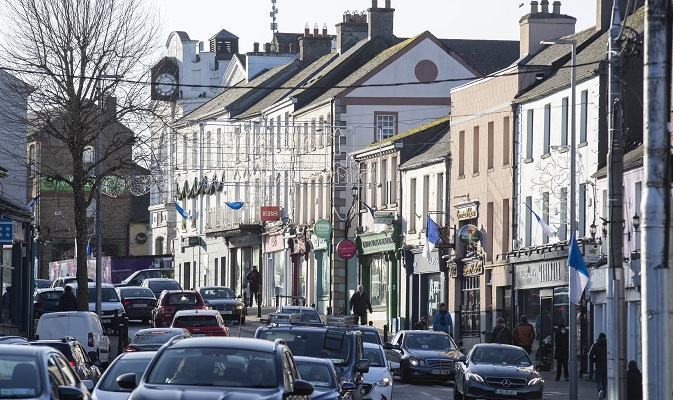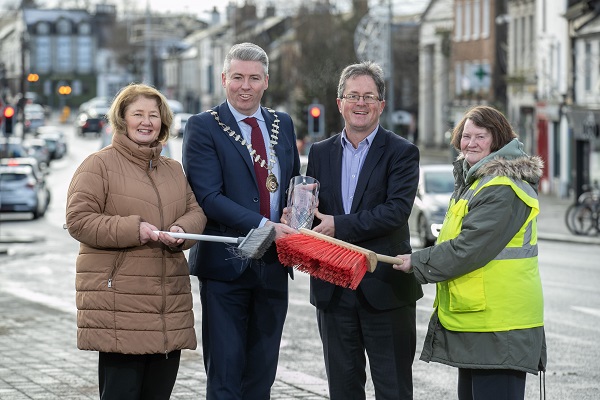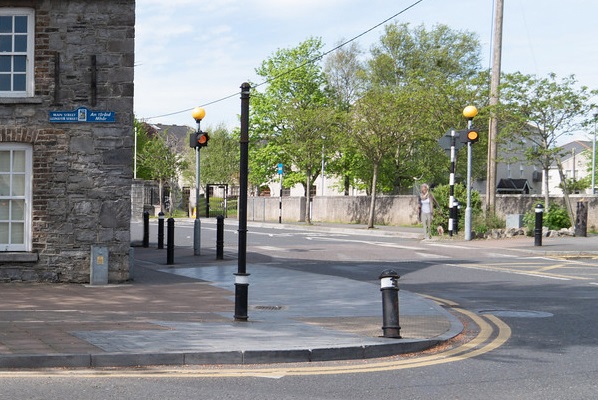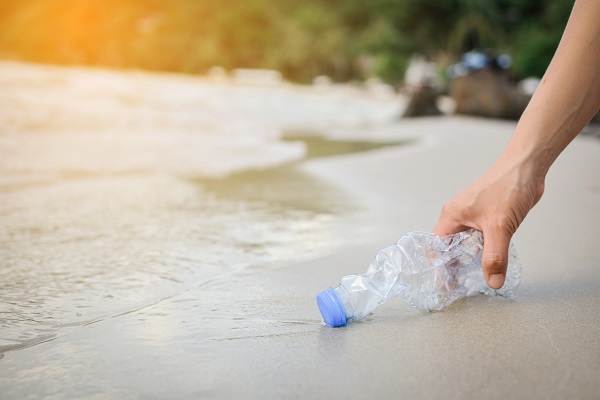
Fewer than half of beaches and harbours deemed ‘Clean’ in litter survey
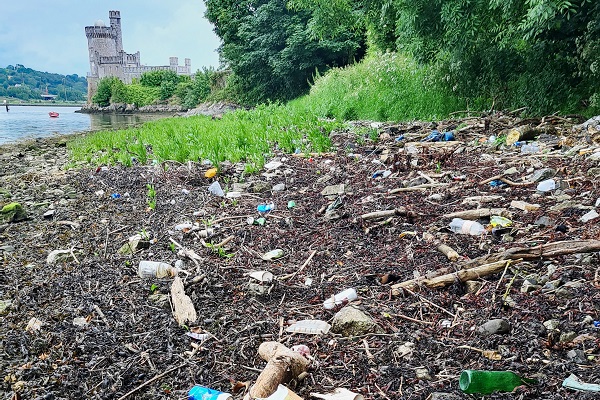
- IBAL coastal study shows general improvement, but one in three areas branded as ‘littered’ or ‘heavily littered’
- Litter levels contributing to pressing global issue of plastic pollution
A new nationwide survey by business group Irish Business Against Litter (IBAL) shows the majority of beaches and harbours falling short of clean status. While 40% of 32 coastal areas surveyed were deemed ‘Clean to European norms’, there was a rise in areas branded ‘littered’. Cork Harbour at Blackrock Castle and White Bay in Cork, both ‘heavily littered’, were the worst areas surveyed.
Beaches, harbours, rivers and their immediate environs were monitored by the Environmental Education Unit of An Taisce in June and July. Among the clean beaches were Brittas Bay, Curracloe, Lahinch, Clogherhead, Portmarnock and Strandhill. By contrast, Bundoran, Keel in Mayo and Salthill and Dogs Bay in Galway were littered. The seafront in Bray was praised, as was Kilmore Quay and Dun Laoghaire, but Kinsale, Bantry and Castletownbere harbours all failed to make the grade.
Cleaner beaches with more bins
“The story is a positive one in that we’ve seen a welcome rise in the number of clean beaches and harbours compared to our study of 2 years ago,” comments Conor Horgan of IBAL. “This is especially encouraging given the number of people who are staycationing and availing of our coastal amenities this year. There is evidence that many local authorities have upped their game in terms of additional bins, facilities and signage.”
“However, at the bottom end of the table, we’ve seen many areas deteriorate from ‘moderately littered’ to ‘littered’.
According to the An Taisce report, Cork Harbour at Blackrock Castle “was heavily littered with marine litter and cans from outdoor drinking, coffee cups and plastic packaging. There was an even mix of long and short lie litter and amongst the marine and food related litter there was a discarded wheelbarrow.” The beach at White Bay was “stuffed with small pieces of broken up long-lie litter and sewage-related litter such as cotton buds and bottle tops”. Previously among the cleanest beaches surveyed, this time Salthill was subject to “overflowing litter bins and substantial fast-food / food related litter on top of and at the base of street bins. Along the beach the main items were coffee cups, fast-food litter and sweet wrappers, along with several clothing items, plastic toys and food utensils.”
Meanwhile, “at least a dozen tyres, a shopping trolley, scooter and bricks” were among the items found along the Tolka River at Annesley Bridge in Dublin. Food- and alcohol-related litter was also prevalent at this site.
Among the areas to receive a positive report was Curracloe in Wexford, where the beach and car park were ‘remarkably clean given the level of activity’. Portmarnock, too, which improved on 2019, was complimented for its “large areas which were completely free of litter. The approach from the public car park was a lovely one and beautifully managed. The expansive area is exceptionally well served by litter bins and opportunities to separate waste on the beach itself.”
“As well as local authorities, credit is due to the growing number of Clean Coasts volunteer groups, now 1,500-strong, who work so hard to keep our beaches free of litter. Their efforts are clearly bearing fruit,” adds Mr Horgan.
Covid-related litter in evidence
The most common forms of litter found by the assessors were cigarette butts, sweet wrappers, disposable masks and plastic bottles, with coffee cups also featuring strongly. Alcohol cans were found in almost half of all sites.
“The majority of these litter item are plastics, whose impact on the marine environment is a source of global concern,” says Mr Horgan. “Cigarette butts, for example, may appear harmless, but they are in effect a single-use plastic which poses a real danger to our sea life.” Research shows a single butt can contaminate up to 200 litres of water.
“We all need to realise that the implications of litter along our coasts go beyond tourism and recreation. It presents an existential threat to our planet and way of life.”

